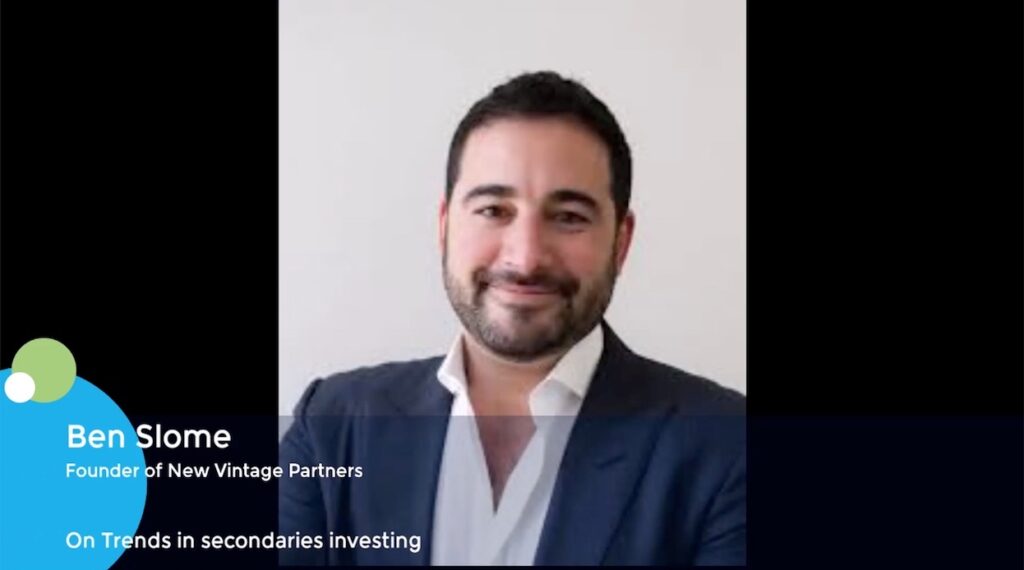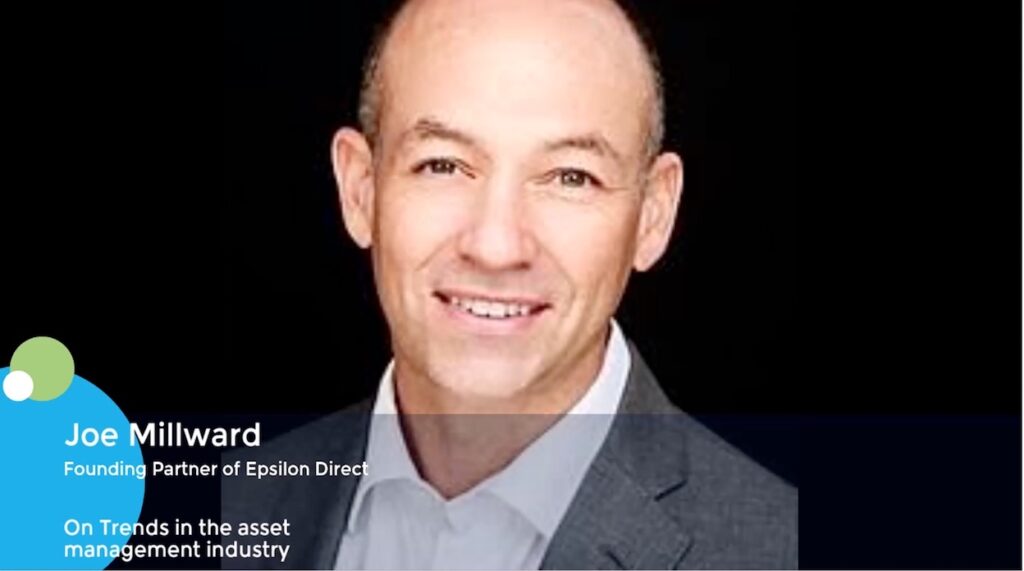Big software take-privates face looming ARR loan-conversion covenants
- ARR-to-EBITDA conversions may result in challenging negotiations
- Balance sheet adjustments likely for high ARR multiple deals
Annual recurring revenue loans, or ARR loans, have played a greater role in funding software take-private transactions in recent years. But they come with a conversion feature – colloquially called a flip – that is now coming into play for some of the sector’s larger take-private deals, said software sector lenders.
These mandatory flips, where the covenants change from a multiple of ARR to a more traditional multiple of EBITDA, typically come two to four years after the loan is provided, lenders said.
Some vintages done in the private credit market at low interest rates a few years ago now face a mandatory conversion that will require negotiations between PE sponsors and lenders, Erik Bissonnette, managing director and co-head of tech Investing at Blue Owl Capital’s Credit Platform, told this news service.
Once primarily used by venture capitalists and public-market equity investors to gauge the uptake of newly developed software, ARR is now being used by lenders to determine the creditworthiness of take-private transactions for more established software players, lenders noted. Sponsors are operating under the thesis that their better use of investment dollars will lead to higher growth rates at these companies.
Lenders and PE buyers are deploying the long-used metric to apply to very strong recurring-revenue software companies, said Jake Mincemoyer, partner at Allen & Overy. This loan structure matches up nicely with the Software-as-a-Service (SAAS) business models that PE buyers hope will kick start growth at these acquired companies, he noted.
Growing acceptance of ARR loans in large software buyouts
Several software buyouts point to the growing use of ARR loans as a source of funding. One of the most recent was the USD 6.5bn sale of New Relic [NEWR:NYSE] to Francisco Partners and TPG, which closed last week and was funded by private-credit lenders Blue Owl, Golub Capital and Sixth Street.
Other take-private deals in recent years that were partly financed by ARR loans from private-credit lenders include Anaplan, Avalara, and Zendesk, according to data compiled by Mergermarket. Thoma Bravo in June 2022 tapped USD 2.5bn in private credit to fund its USD 10.7bn transaction with Anaplan. Vista Equity Partners used USD 2.75bn in private credit to help finance its USD 8.8bn deal for Avalara in October 2022. And Hellman Friedman acquired Zendesk, along with Permira, Abu Dhabi Investment Authority and GIC Pte, for USD 10.4bn in November 2022, using USD 3.75bn in private credit in the transaction.
Yet another transaction that shows the growing acceptance of ARR funding was the USD 8.3bn take private of Coupa Software by Thoma Bravo and General Atlantic, completed earlier this year. The deal was funded with about USD 2bn of ARR loans and had 19 lenders making up the group, according to Erwin Mock, managing director and head of capital markets at Thoma Bravo, speaking at Debtwire’s US Private Credit Forum 2023 in June.
Leverage in the ARR loan market has evolved significantly over the last six years, growing from 1x ARR to 4x ARR now, Mock said on the panel. Driving the increased confidence of lenders is the fact PE firms are acquiring businesses that are higher quality, with better revenue and higher growth potential, said Mock.
The new capital structures in these deals tend to overcapitalize balance sheets at closing, Bissonnette said. The extra cash can then fund the investment required to fuel growth at these companies, he noted.
Private lenders closely monitor the KPIs (key performance indicators) of the indebted company to measure how growth investments are proceeding, lenders said. The investments made back into the businesses are closely monitored to see if the sponsors’ thesis of accelerating growth is living up to plan. The conversion is a mechanism to force the PE owner to live up to its investment thesis, the lenders noted.
If growth kicks in after the initial investment period, margins should begin to expand and facilitate the transition into an EBTIDA covenant, lenders said. If sales growth fails to materialize, the company can cut back on growth investments and let margins expand to the core level of its recurring revenues, thereby protecting lenders, lenders said.
Typically, the target companies are good businesses with a core subscriber base that renews annually. Their core business is typically strong even before they receive investments to kick start growth post buyout, lenders noted. These are not companies where the underlying business is at risk. At risk are the sponsors’ expectations that they can grow the business, they added.
Flips may force sponsors to add extra equity
Despite the performance of past results and lender willingness to provide more ARR loans for software deals, the high multiples of sales paid during the low interest environment of previous years will impact some deals, lenders noted.
Thoma Bravo paid around USD 10.3bn for Anaplan, which had FY 2022 revenue of USD 592m. Avalara, for which Vista Equity paid USD 8.8bn, reported USD 699m in 2021 revenue.
While lenders would not comment on specific private credit deals, they said transactions where a higher multiple of ARR was paid are more likely to require a capital infusion as the conversion deadlines approach.
Lenders are expected to be reticent to extend the mandatory conversion and some deals may require a liquidity infusion to recalibrate the balance sheet of these companies, said Bissonnette.
The ARR structure means lenders will be fine, but PE firms could wind up showing paper losses, lenders noted.
Mincemoyer said sponsors have been closely reviewing their portfolios about which holdings need more equity. PE firms have a lot of dry powder, he noted. The negotiation will be around making sure the business model works and how best to rejigger the capital structure going forward, noted Mincemoyer.










